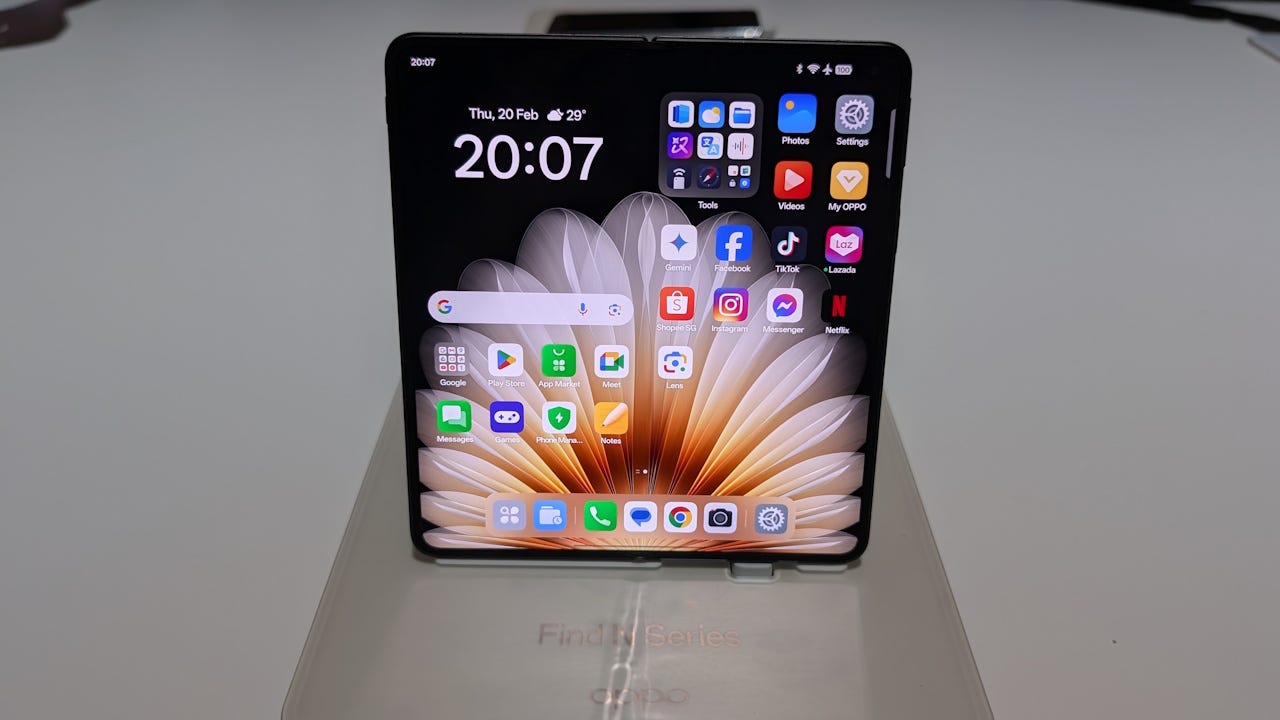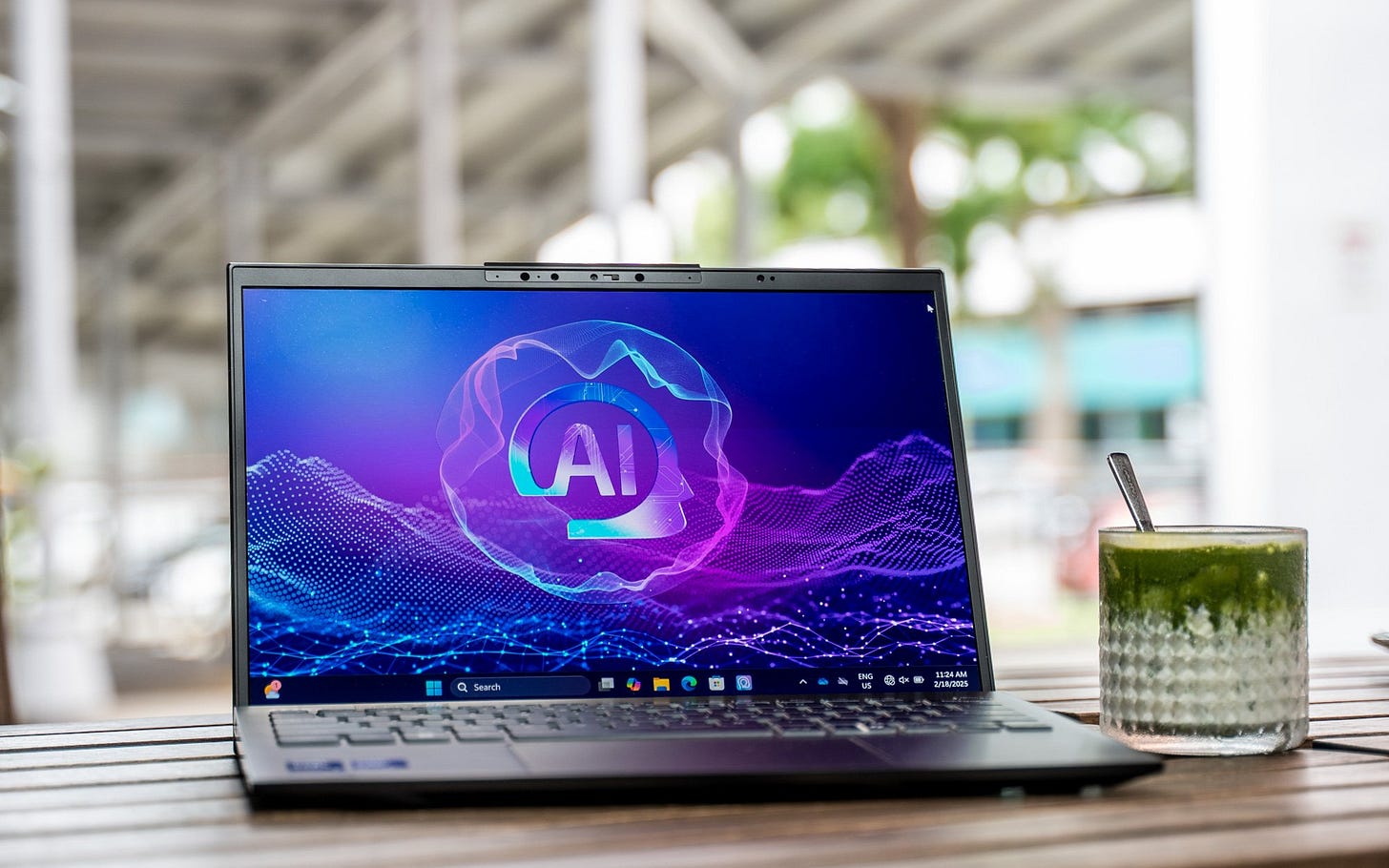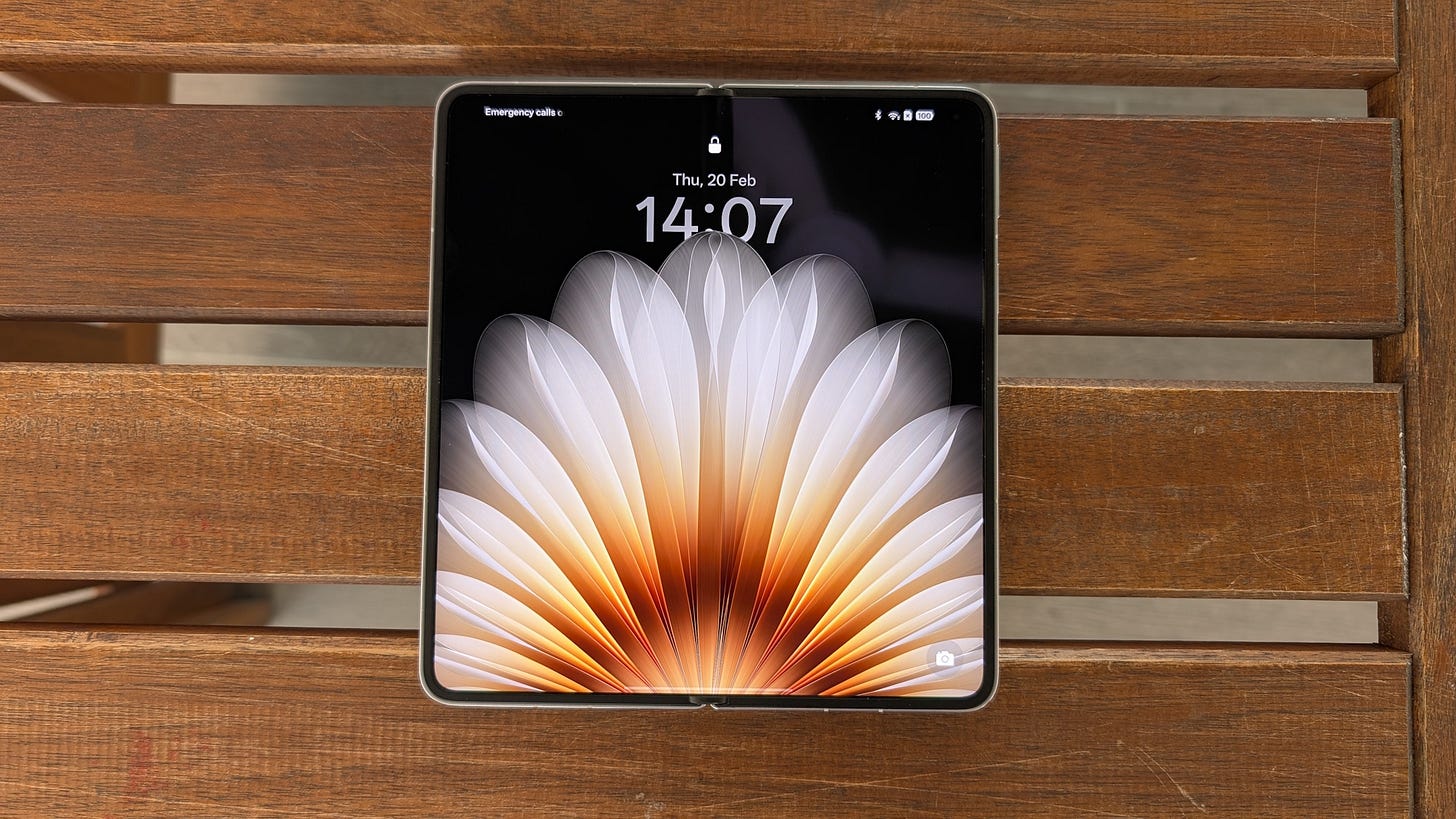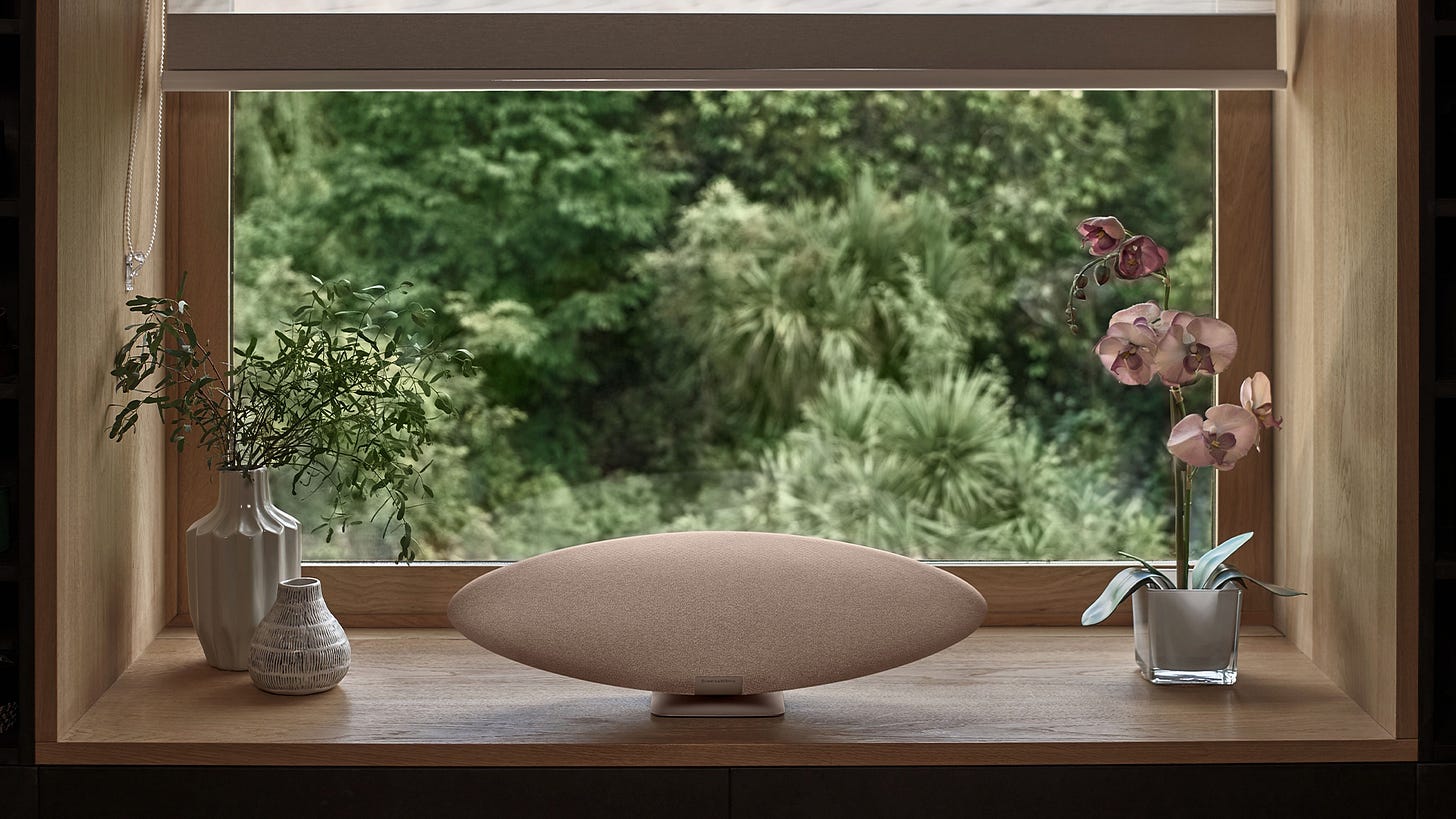Foldables have achieved parity, but are consumers ready?
If you build it, they will come?
Oppo’s latest Find N5 foldable is the litmus test for these devices. This incredibly thin book-style foldable is about as thick, and weighs as much as the iPhone 16 Pro Max. All while sporting high-end features, like wireless charging, IPX8 and IPX9 water resistance and Qualcomm’s flagship processor.
In short, the Oppo Find N5 can compete with any flagship bar phone, while offering users the option of a tablet-like experience when unfolded. There are no more compromises. If consumers still don’t bite, what would that mean for these devices?
In an interview with media at the Oppo Find N5 launch in Singapore, Oppo’s product manager Wu Zhenyu said that consumers have mostly stayed away from foldables due to concerns over their weight and durability. He added that the Find N5 has tackled these issues, and now that it has been launched, it’s up to the market to decide its fate.
Of course, there’s still room for improvement. Mr Wu mentioned that the rear cameras on the Oppo Find N5 are not as good as the ones on Oppo’s flagship Find X8 Pro because Oppo was physically constrained by the thin-and-light chassis, which is barely thicker than the USB-C port when unfolded. The smartphone maker would look to incorporate any future advances in materials and technology to improve the cameras.
In fact, with book-style foldables mostly reaching parity with bar phones, Oppo said that it will now focus on improving the user experience with new software and AI features. One exciting software feature to keep an eye on is O+ Connect, a feature that lets users remotely access, and control their macOS devices with the Find N5.
The company actually started working on the Mac version of O+ Connect because many of its users were struggling to use Oppo phones with their macOS devices — even transferring a file can be difficult between the two operating systems. Oppo said a version of this software for Windows devices will be available soon.
However, some analysts are less upbeat about the future of foldables. Market research firm Counterpoint said that the growth of these devices stalled last year, and expects the market to dip by 5% this year. Another research firm Canalys said the foldable market may be slowing down now, but it predicts that new use cases driven by generative AI will help to double the foldable market in the next three years.
If consumers are still reluctant to buy foldables in the next few years, perhaps companies will have to examine if book-style foldables are actually viable as a mainstream product. But given that Huawei has already launched a tri-fold, and Samsung to follow suit this year, the future of foldables may well lie in such newer form factors.
This week, we checked out an AI-powered laptop from MSI that weighs less than a kilogram, the aforementioned Oppo Find N5 foldable, and an improved version of Bowers & Wilkins’ iconic Zeppelin wireless speaker.
If you’re looking for a premium ultra-portable Windows laptop, you can’t go wrong with the MSI Prestige 13 AI+ Evo. It’s equipped with best-in-class computing hardware from Intel, has a lovely OLED screen, and best of all, has incredible battery stamina. And the icing on the cake: It’s ready for AI workloads with its built-in neural processing unit.
The Oppo Find N5 is the best book-style foldable you can buy now. It’s outrageously thin, has flagship features like wireless charging and IPX9 water resistance, and offers good performance and battery life. The downsides of a foldable are also minimised — the crease is almost invisible, and the weight is now comparable to a bar smartphone.
The Bowers & Wilkins Zeppelin deserves a spot on any list of iconic speakers. The latest Pro Edition upgrades the tweeters, and improves the ambient light feature, while retaining that striking appearance. Needless to say, it sounds terrific, with wide soundstage, and sufficient presence to fill a large room. The only problem: It’s expensive.





